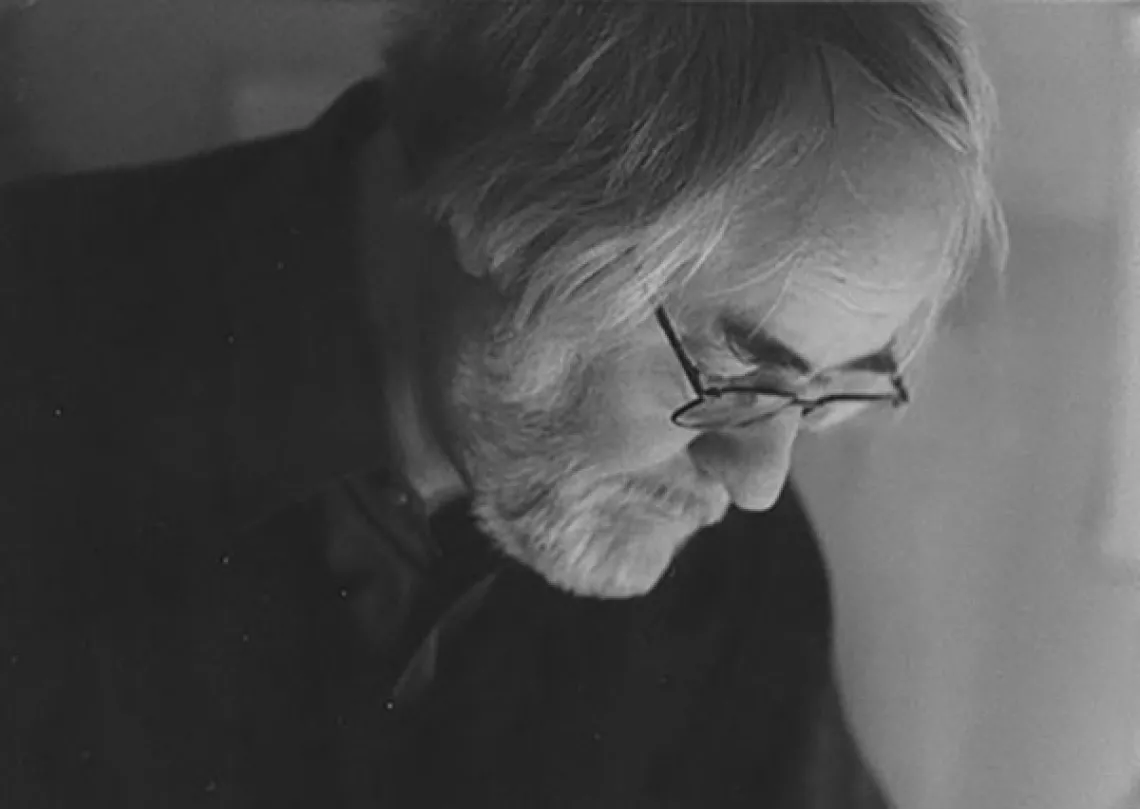School of Architecture Lecture Series ~ Haptics of Place: Technologies, Assemblies and Spirit of Place

When
The relation of beauty and ethics is, no doubt, an unfashionable subject in today's artistic and architectural discourse. In the era that reveres appealing images and formal inventions, often produced with the help of computers, the ethical dimension has rarely entered the discourse on art and architecture. Artistic quality is generally seen as a subjective and unique expression, and instead of suggesting an ethical resonance, it is expected to exhibit unforeseen imagery and expression.
Sublime beauty was the highest aspiration in art until the end of the 19th century, but the materialist consumer culture of today regards art as a cultural deviation, entertainment and investment. However, an interest in the connections of ethics and aesthetics, truth and beauty, seems to be re-emerging.
Beauty, reason and truth are usually seen as exclusive and independent properties and notions, but they can well share the same mental and emotive grounding. Beauty is not an added surface value on top of the essence of things, as beauty expresses the coherence, integrity, wholeness and completeness of the phenomenon. Phenomena and creatures of nature are beautiful. As products of timeless evolution, they are complete, integrated and self-sufficient entities. I wish to argue that art is not merely aestheticization, as it is a form of genuine existential thinking about the world and our being in that very world, through embodied and poeticized images and means characteristic to the art form in question.
The aesthetic reality has also been extended to biological phenomena. Science has recently revealed that beauty is a criteria in the selection of the mate, as Charles Darwin suggested in his second book on evolution of 1871. The notion of biophilia, "the science and ethics of life", introduced by the biologist Edward O. Wilson, expands our ethical responsibility beyond the realm of human interaction to the duty to maintain biodiversity.
Join us for the Spring 2023 CAPLA / School of Architecture Lecture Series, in partnership with AIA Southern Arizona. This is a virtual lecture.
About Juhani Pallasma
Juhani Uolevi Pallasmaa is a Finnish architect and former professor of architecture and dean at the Helsinki University of Technology. Among the many academic and civic positions he has held are those of director of the Museum of Finnish Architecture 1978–1983, and head of the Institute of Industrial Arts, Helsinki. He established his own architect's office – Arkkitehtitoimisto Juhani Pallasmaa KY – in 1983 in Helsinki. From 2001 to 2003, he was Raymond E. Maritz Visiting Professor of Architecture at Washington University in St. Louis, and in 2013 he received an honorary doctorate from that university. In 2010-2011, Pallasmaa served as Plym Distinguished Professor at the University of Illinois Urbana-Champaign, and in 2012-2013 he was scholar in residence at Frank Lloyd Wright's Taliesin. Pallasmaa has also lectured widely in Europe, North and South America, Africa and Asia.
His exhibitions of Finnish architecture, planning and visual arts have been displayed in more than 30 countries and he has written numerous articles on cultural philosophy, environmental psychology and theories of architecture and the arts. Many of his articles are first featured in ARK (The Finnish Architectural Review).
Among Pallasmaa's many books on architectural theory is The Eyes of the Skin: Architecture and the Senses, a book that has become a classic of architectural theory and is required reading on courses in many schools of architecture around the world.
A selection of essays written by Pallasmaa, from the early years to more recent ones, has been translated into English and collated together in the book Encounters: Architectural Essays (Helsinki, 2005), edited by Peter MacKeith. The book was shortlisted for the RIBA 2005 International Book Award.
Pallasmaa is a member of the Finnish Association of Architects, and an honorary Fellow of the American Institute of Architects. During the spring of 2010, Pallasmaa, along with American playwright Leigh Fondakowski, was an Imagine Fund Distinguished Visiting Chair at the Institute for Advanced Study at University of Minnesota. Pallasmaa was jury member for the 2014 Pritzker Architecture Prize and The Daylight Award in 2020 and 2022.
